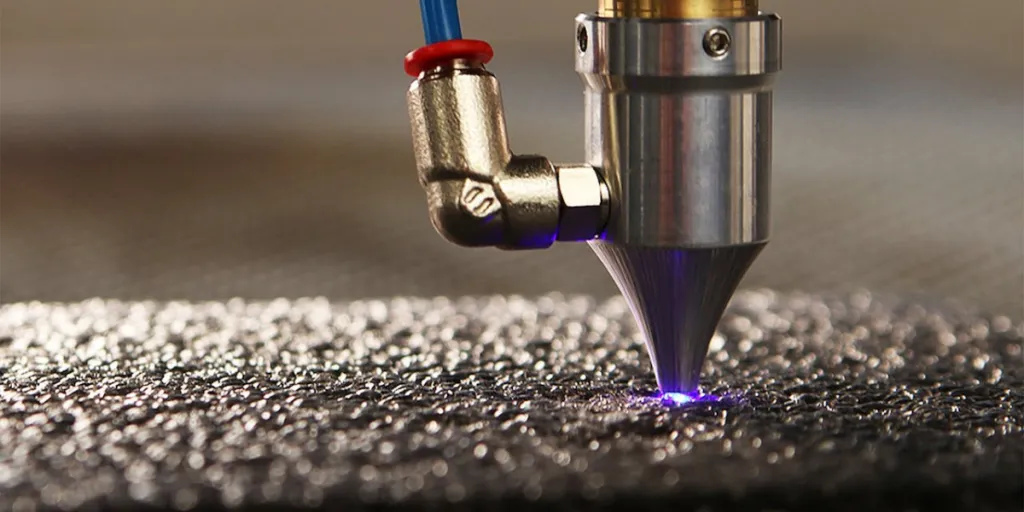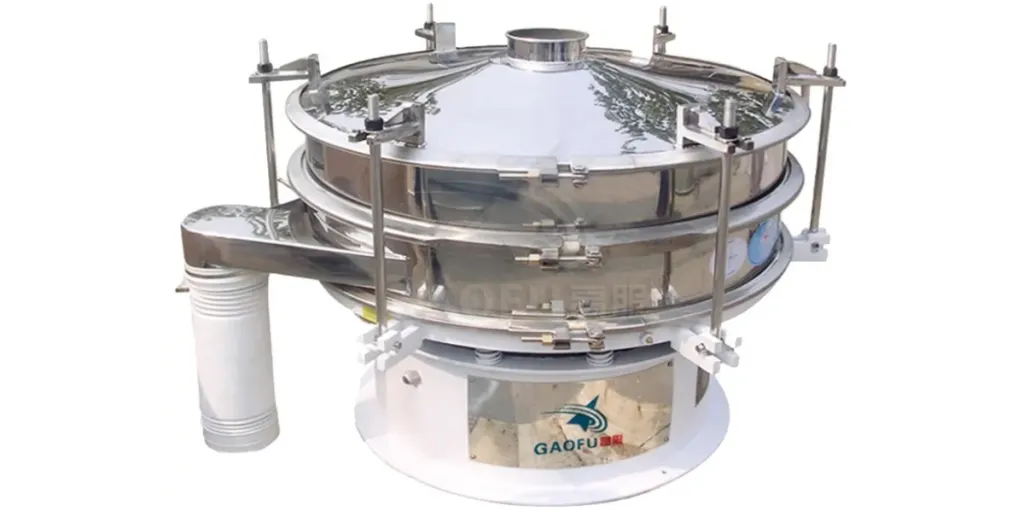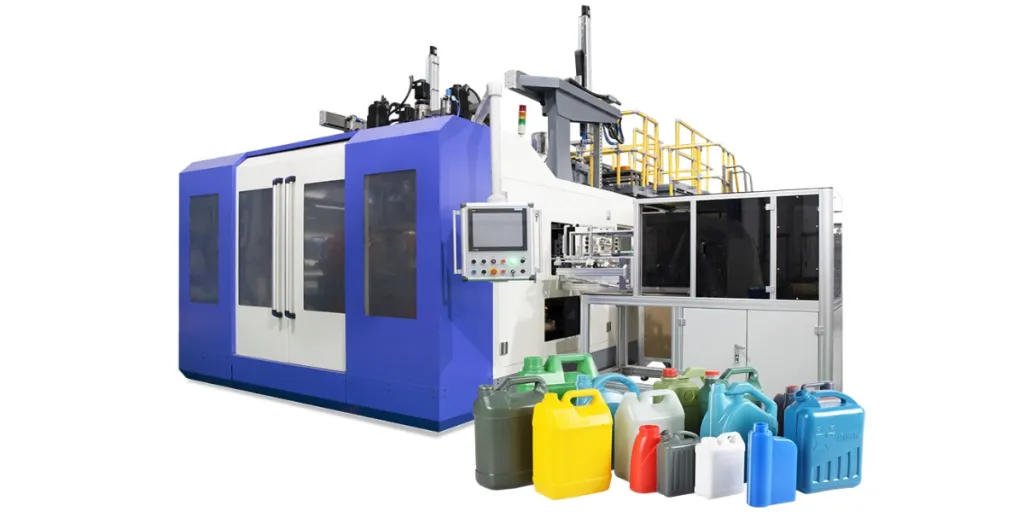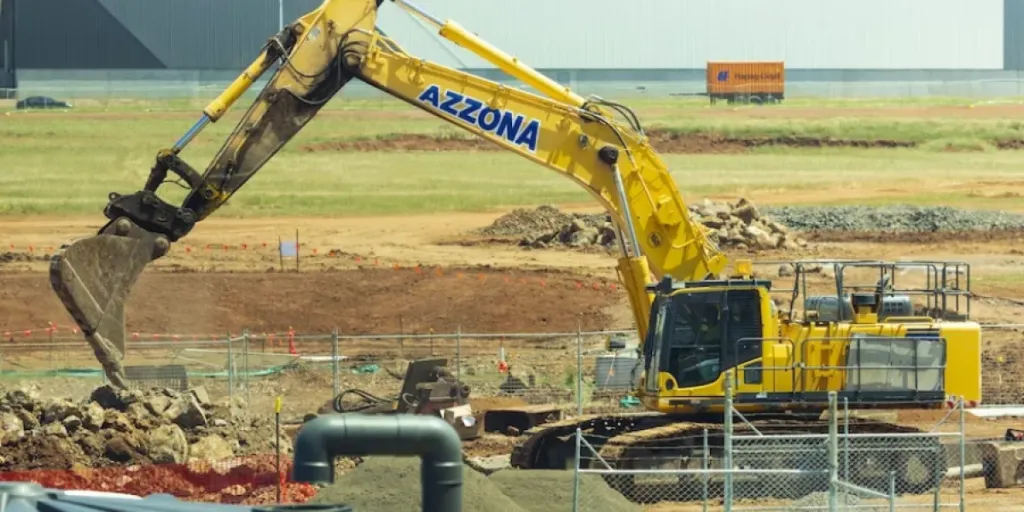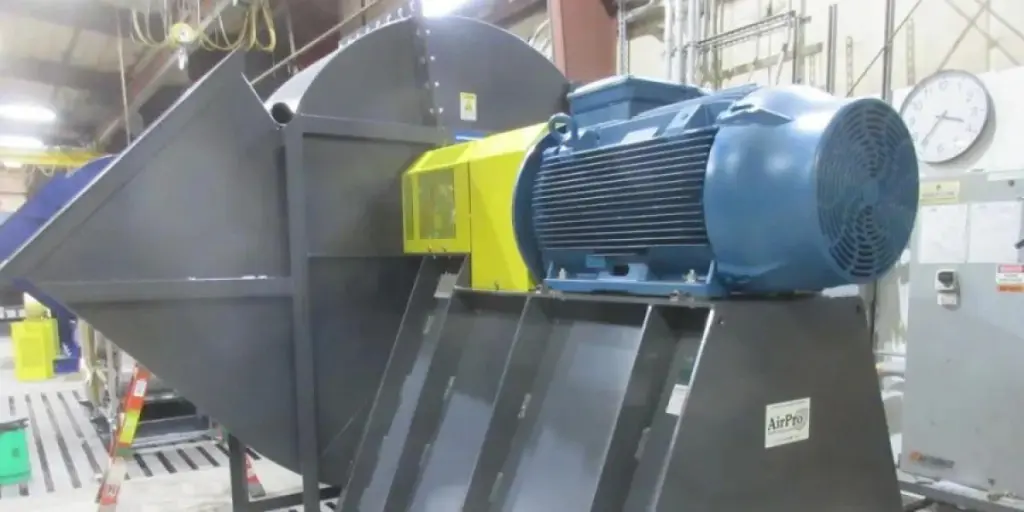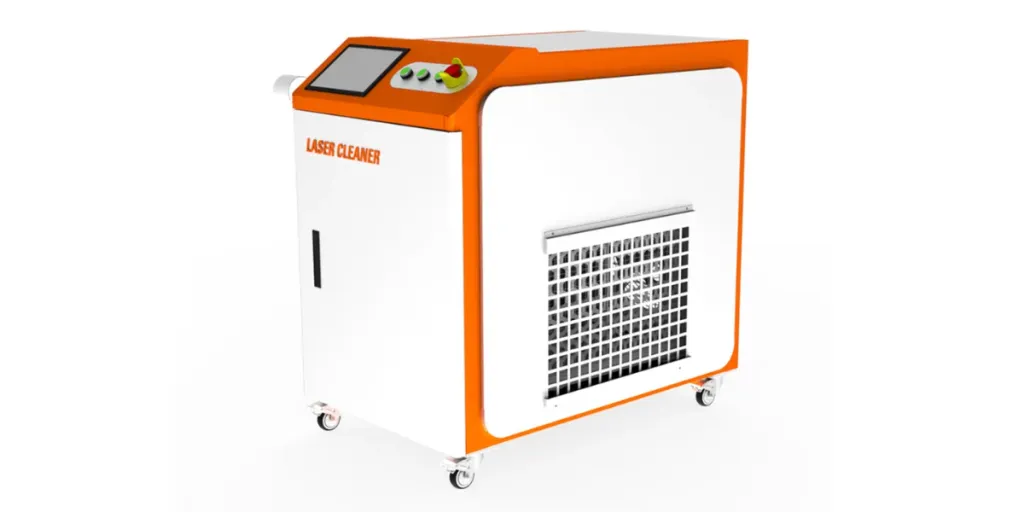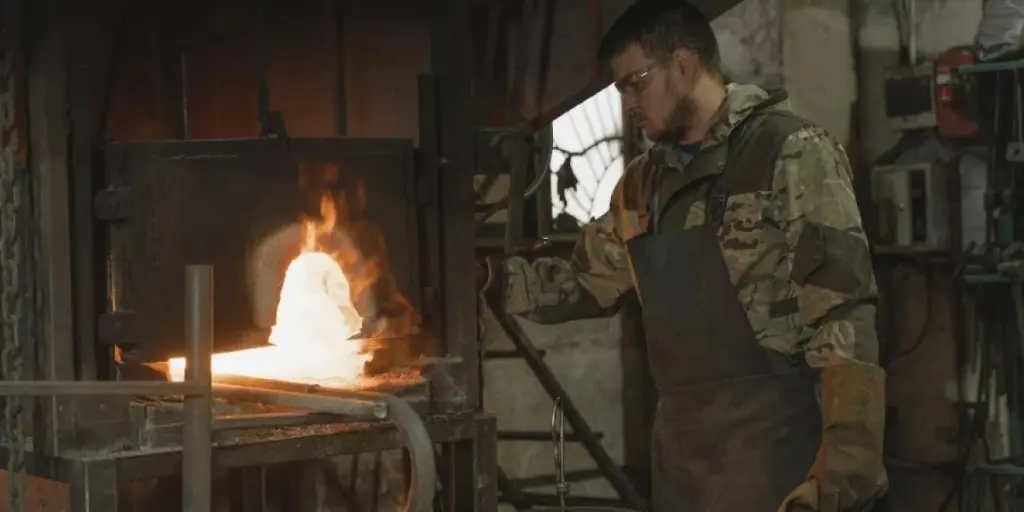CTC technology has become a hot topic in the new energy vehicle industry. During the relatively slow period of electrochemical innovation, this structural innovation effectively helps the new energy industry reduce costs and increase efficiency while increasing the range of new energy vehicles to a certain extent. Recently, the author learned that the concept of CTC technology has been introduced into the laser industry. Lasers designed and manufactured using this new concept have also led to the transformation of fiber lasers.
What is CTC technology?
The inspiration for CTC technology comes from the field of aircraft design, which improves the originally independent fuel tank structure inside the wing to integrate the fuel tank and wing, reducing the number of components and the final assembly process. This improvement not only improves production efficiency and reduces production costs but also increases fuel loading and upgrades aircraft range.
This concept was introduced first by Tesla into the new energy vehicle industry and applied to the Model Y model. Data shows that the Model Y new vehicle has reduced weight by 10%, reduced body components by 370, and increased battery life by 14% in the case of Tesla’s integrated body die-casting technology and CTC technology.
Before this, the structure of power batteries was very cumbersome, consisting of battery cells, modules, and battery packs from the inside out. Many battery cells were assembled into a single module and many modules into battery packs before being installed in cars. This period was known as the era of standardized modules. However, the battery pack structure only provides electricity from the cells, and the “over-packaged” structure not only requires the design and production of additional components but also takes up additional space, resulting in less power to drive more loads.
Domestic battery manufacturers are aware of this issue and have made relevant improvements. The main idea is to design larger modules, reduce the number of modules, or even design without modules to minimize the number of parts and space occupation at the module level as much as possible, represented by the CTP technology of CATL and the blade batteries of BYD.
The current hot topic of CTC technology is the integrated design of battery chassis represented by Tesla, BYD, and LEAPMOTOR. The advantages of this technology are apparent, which can not only drive car companies to reduce costs but also help increase range. In addition, it also increases the interior space to enhance driving and riding comfort.
What are the impacts of CTC technology on the laser industry?
On September 15, 2023, BWT held an online press conference to officially disclose the technological core of the successful lightning series lasers – the fiber laser version of CTC technology (Chip to Chassis, integrated chip technology). This technical concept is consistent with the integration of the wing fuel tank and battery chassis, which has integrated the design of chips, heat sink structures, pump modules, and lasers, eliminating the need for chip-to-pump modules and subsequent assembly processes, effectively reducing the volume and weight of the pump source, and achieving a high degree of integration.
Due to the forward-looking layout research on CTC technology, BWT was the first to propose a CTC technology solution suitable for fiber lasers and officially launched the Lightning series of fiber lasers based on the CTC technology core in 2022. Lightning lasers have not only achieved success in the market to be highly popular among users but have also directly led the miniaturization and lightweight development trend of fiber lasers, paving a third way for fiber lasers to compete in power and brightness.
CTC technology promotes the miniaturization and lightweight of lasers, significantly improving the portability and high integration of downstream equipment, directly leading to innovation in downstream equipment and application scenarios. The most obvious one is the laser handheld welding market. The early handheld laser welding machine had a chiller and an old-fashioned 1 kW single module laser, with a cabinet volume of 1.05 m3 (equivalent to an old-fashioned washing machine in volume). With the popularization of the Lightning series laser, water-cooled laser handheld welding machines with ultra-small sizes (close to the volume of air-cooled handheld welding) have emerged in the market, bringing water-cooled laser handheld welding into the era of the trunk. The improvement in portability has expanded the usage scenarios of water-cooled handheld laser welding greatly and supplemented the shortcomings of air-cooled handheld welding machines, which are portable but unable to maintain long-term stability in high-temperature environments.
In addition, miniaturized lasers have also triggered structural upgrades in the more widely used laser cutting field. In the past, fiber laser cutting machines had to be equipped with separate air conditioning rooms for the laser, which not only required additional land but also increased the difficulty of installation and maintenance. At present, some equipment factories have extended the concept of CTC to the field of equipment manufacturing, eliminating independent air conditioning rooms and directly integrating fiber laser into the control cabinet of the machine tool, allowing the laser to be shipped together with the complete set of equipment, achieving the goal of disassembly and use truly, saving more than 30% of equipment installation time and reducing transportation costs.
Why did BWT take the lead in mastering the CTC technology of lasers?
Of course, it is not easy to replicate CTC technology but it has apparent advantages. Even in the new energy vehicle field brewing for many years, only a few companies have mastered CTC technology. It is because host factories usually cannot design battery cells when they are familiar with the vehicle manufacturing process, and battery factories are often not familiar with the design and manufacturing essentials of car chassis, both of which are lacking. Only those companies that understand both battery cells and car manufacturing, as well as the highly integrated ability of the three electrical systems, can leverage the advantages of CTC technology.
The same problem exists in the laser field. Pure pump source manufacturers and laser manufacturers, although they have rich technological accumulation in their respective fields, due to the lack of experience in solving problems through integration and series connection, cannot fully solve the problems of integration and heat dissipation after chip integration.
BWT is a pioneer company in the localization of pump sources, with over ten years of experience in pump source manufacturing. Meanwhile, it also ranks among the top sellers of fiber lasers, belonging to manufacturers who understand both pump sources and laser machines. Therefore, it can take the lead in cracking the laser CTC technology password and achieving mass production successfully, leading to the miniaturization era of fiber lasers.
Summary
Nowadays, miniaturization has become the third widely recognized development direction in the industry after high power and high brightness. CTC technology is the key to achieving miniaturization and long-term stable operation of lasers. CTC technology has also laid the foundation for the “shrinkage” of higher-power lasers. With the mature application of CTC technology and the success of the Lightning series lasers, BWT has developed and developed a new generation of high brightness, quasi-single mode Thunder optical platform. The overall size of the Thunder 12 kW fiber laser is reduced by 70% compared to the Lightning series, making it the smallest 12 kW fiber laser on the market.
In addition, CTC technology also ensures that higher-power lasers can operate at temperature. BWT has broken through the power limit and achieved high beam quality output through power combining technology and ultra-high power output technology, ultimately achieving a stable output of 100 kW ultra-high power.
From the development of the new energy vehicle industry, the CTC concept has gradually triggered technological changes in the new energy vehicle industry from its emergence to its upgrading. Although the CTC technology in the field of fiber lasers has not yet reached the level of disrupting industry recognition, it has significantly improved the performance and stability of lasers, effectively expanding the application scenarios of lasers. We have reasons to believe that the further development and application of CTC technology in the future will bring broader development prospects for more potential application fields.
Source from ofweek.com
